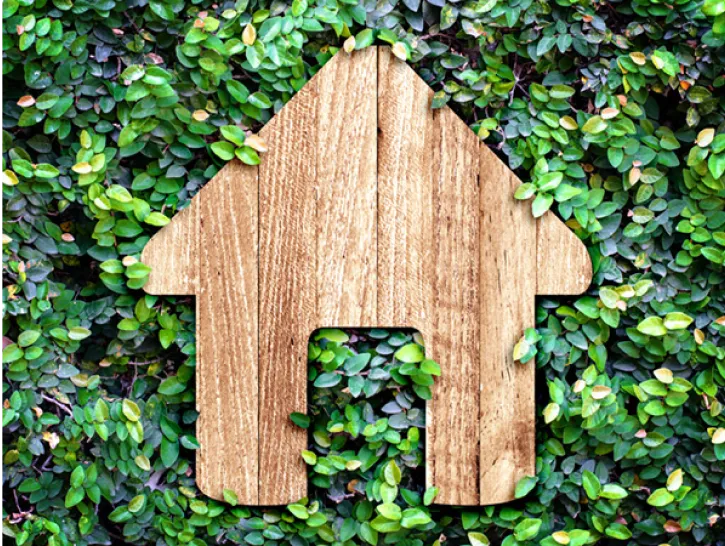- Our Story
- Our Impact
-
Our Projects
Residential
Commercial
- Careers
Going Green - Creating a Sustainable Workspace
By Lodha
June 10, 2019The worth of a business was previously measured in a two-dimensional, quantifiable manner. It went back and forth between the expenses incurred and the revenue generated. However, as the world ushers in a new millennium of sustainability, the bottom line for all organisations is taking over a new definition.
Popularised as 'Triple Bottom Line', a successful business is now measured against three parameters. These are social success, economic success and environmental success that a business can accomplish.
With this new perspective in sight, businesses are consciously choosing to design sustainable workspaces. This choice allows them to achieve up to 40% more energy savings, enhance their CSR image, retain employees and multiply their productivity. Several firms have made headway into the sustainable design for their workspace and have been reaping the benefits of the same. Here are a few examples of buildings who took to going green, the right way.
THE GOLDEN STANDARD
Nokia's headquarter in China joined the ranks of the super sustainable buildings in Beijing and became certified to LEED Gold Standard. A number of methodical implementations led to this recognition. These were technological implementations that added to energy savings, re-use and recycling of materials, the inclusion of natural lighting and maintenance of optimal air quality. This 74,000 square meters workspace building stands due to its design which has been done inside-out and combines functionality with flexibility.
SUSTAINABILITY THROUGH HISTORY
The National Oceanic and Atmospheric Administration's Inouye Regional Centre located at the heart of Pearl Harbour derives sustainability through history. The latest addition to this building isn't just constructed with glass and steel, but also includes a pair of repurposed wartime airplane hangars. Care has been taken to design the space in a manner that guards it against the rising sea level. The architects ensured that the hangars don't block out daylight by using specially crafted lanterns. Although required to be in line with certain norms owing to its location, it remains sustainable and naturally ventilated with the help of a passive downdraft system.
LEADING WITH LEED IN INDIA
Four business centres across India have been successfully accredited with the LEED certification. These are situated in cities such as Pune, Hyderabad, Mysore, and Kolkata. Several sustainable components have played an instrumental role in their construction and interior design. Usage of recycled construction materials, on-site wind turbines, in-house recycling facilities, rainwater harvesting, and reutilization of wastewater are some of the winning features of these green buildings. This is a collective step towards smart consumption of energy and creating green architectural masterpieces.
Global recognition is a part of the reason why workspace design has begun to develop a sustainable personality. Other reasons that come connected with the aspect of going green are a boost in employee productivity, wellbeing and an overall boost to the company's growth. This has encouraged workspace design to incorporate cleaner technology, proximity sensors, enhanced ventilation systems, living walls, etc. As the country begins to get more attuned to technology, workspaces collectively resolve to reduce their environmental footprint. The benefactors of it are the employees who happen to be the biggest asset contributing to a company's growth and development.
Visit our website to know more about commercial projects from Lodha.
You may also like



 Enquire
Enquire
 Call
Call
 chat
chat
 Search
Search




